Art Movements in World History
Art Movements in World History
Art movements have shaped how we define and perceive art over centuries. Its impact on society is a true reflection of its time and beliefs. By looking at the history of art movements, we understand how these styles and artists revolutionized the art world and serve inspiration for contemporary art forms.
Italian Renaissance (14th-17th Century)
From the 14th to the 17th century was an enlightened age of art and architecture in Italy known as the Renaissance period. It was a cultural rebirth that massively impacted all sectors of society. This profound interest in art influenced painting, architecture and sculptures (“The Captivating History and Enduring Influence of Italian Renaissance Art”). Renaissance art was an exploration of new styles. It “sought to capture the experience of the individual and the beauty and musters of the natural world” (“Renaissance Art”).
Leonardo da Vinci, Michelangelo Buonarroti and Raphael Sanzio were known as the great masters of the Renaissance period. The ultimate “Renaissance man”, Leonardo da Vinci, had an innate ability to portray a physical relationship between humans, animals, objects and landscape through this work. Whereas, Michelangelo achieved greatness as a painter and sculptor creating works on a vast scale. Raphael was a painter and architect celebrated for the perfection and grace he brought to his work. (“Renaissance Art”).






Baroque Period (17th-18th Century)
The Baroque period was explored flamboyant style, exuberant art and architecture with an over-the-top aesthetic. It was an era that evoked ethereality and was defined by opulence. The Baroque movement started towards the end of the Renaissance period and emphasized on realism, rich color and extravagance.
This cultural movement evoked drama through its paintings. Artists like Caravaggio and Rembrandt materialized an intense contrast between light and shadows in their art. Often, artists such as Rubens, Pussin, Gentileschi denoted tales from the bible and ancient mythology in their paintings, creating a heightened sense of drama through rich and radiant color palette. Baroque sculptures depicted a similar ornate movement through swirling silhouettes and enhanced theatrical approach (“Exploring the Extravagance and Drama of Baroque Art and Architecture”).




Realism (Middle of the 19th Century)
Towards the end of the French Revolution, European artists adopted a new art form, Realism. This style focused on depicting ordinary life scenes and real-time problems in contemporary settings. Realist artists rejected the notions of Romanticism that was popular during this time and gave voice to peasant and working class people facing social issues after the Industrial Revolution (“How the Groundbreaking Realism Movement Revolutionized Art History”).
Realist artists like Gustave Courbet. Jean-Francois Millet and Honore Daumier all played important roles in shaping this art movement to vocalize their message of growing social issues. Courbet was known to build the foundation of Realism as started illustrating the life of peasants and laborers. Similarly, Millet featured working class people in his paintings, particularly farmers. Whereas, Daumier focused on political cartoons that showcased exaggerated tones and expressions of the subjects.



Impressionism (1870s onwards)
The Impressionism movement emerged from the 1870s onwards that introduced new ways to observe and depict our surroundings. The breakthrough of this movement was from Realism as Impressionist painters diverged from realistic representations. Artists took advantage of working in the open air (plen air) rather than in a studio to capture the light and color in a natural scene. This artistic style is defined by its unique approach of brushwork, colors, light and compositions inspired by photography (“How Impressionism Changed the Art World and Continues to Inspire Us Today”)
Claude Monet was a key figure in shaping the movement. He had a penchant for capturing light and shadows of the surroundings to bring to life. He consistently illustrated his immediate surroundings. His motive behind his renowned paintings today was to show the world a new way of perceiving things and creating natural movement on a canvas.




Post-Impressionism (1886-1905)
The Post-Impressionism period developed from 1886 to 1905 in response to the Impressionism movement. This art form was known for its diverse yet distinctive styles and use of color. Artists used a subjective approach to evoke emotions rather than realism. Some distinctive qualities of Post-Impressionist painters were their use of symbolic motifs, evocative colors and brushstroke style. Abstract elements were essential in brining together the composition.
Vincent van Gogh was a pioneering artist during this movement. He not only used color and brushstrokes to depict the emotional conditions of the landscape, but also incorporated his own emotions.

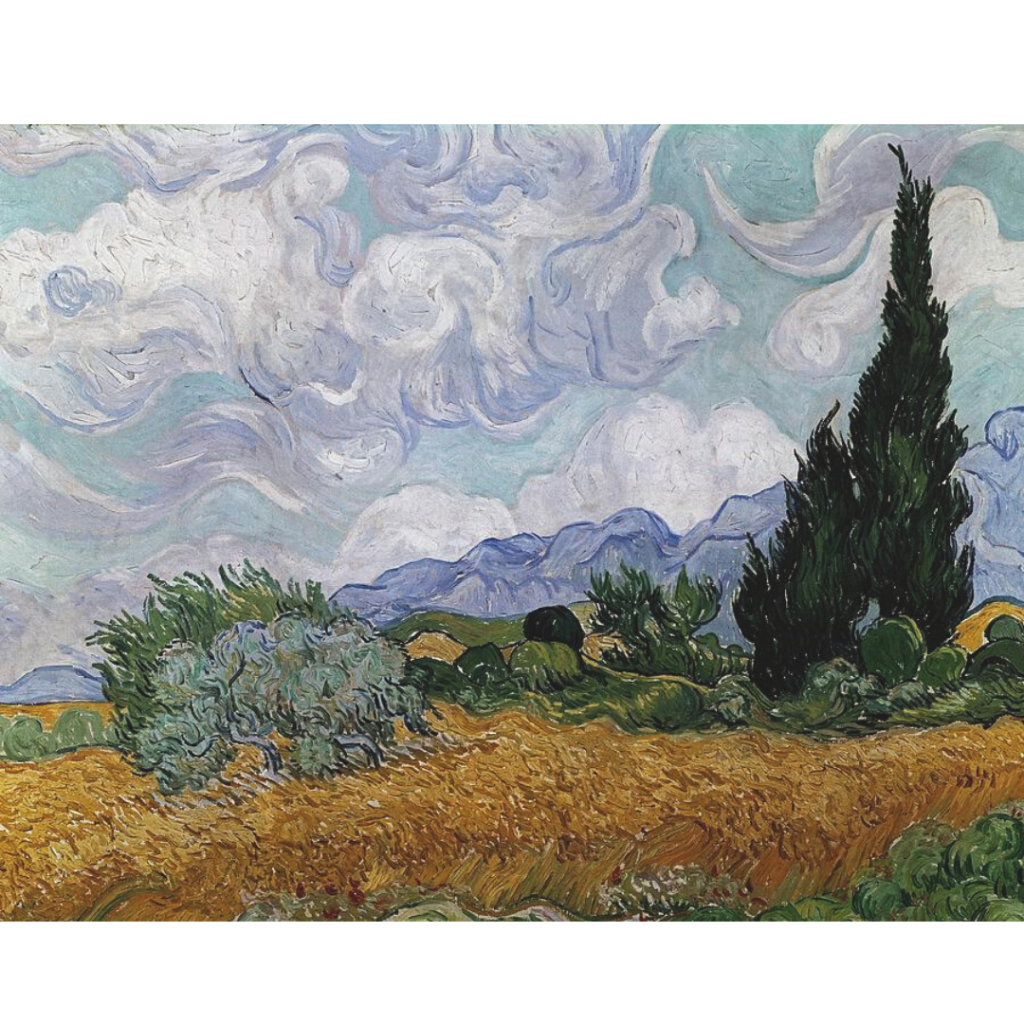
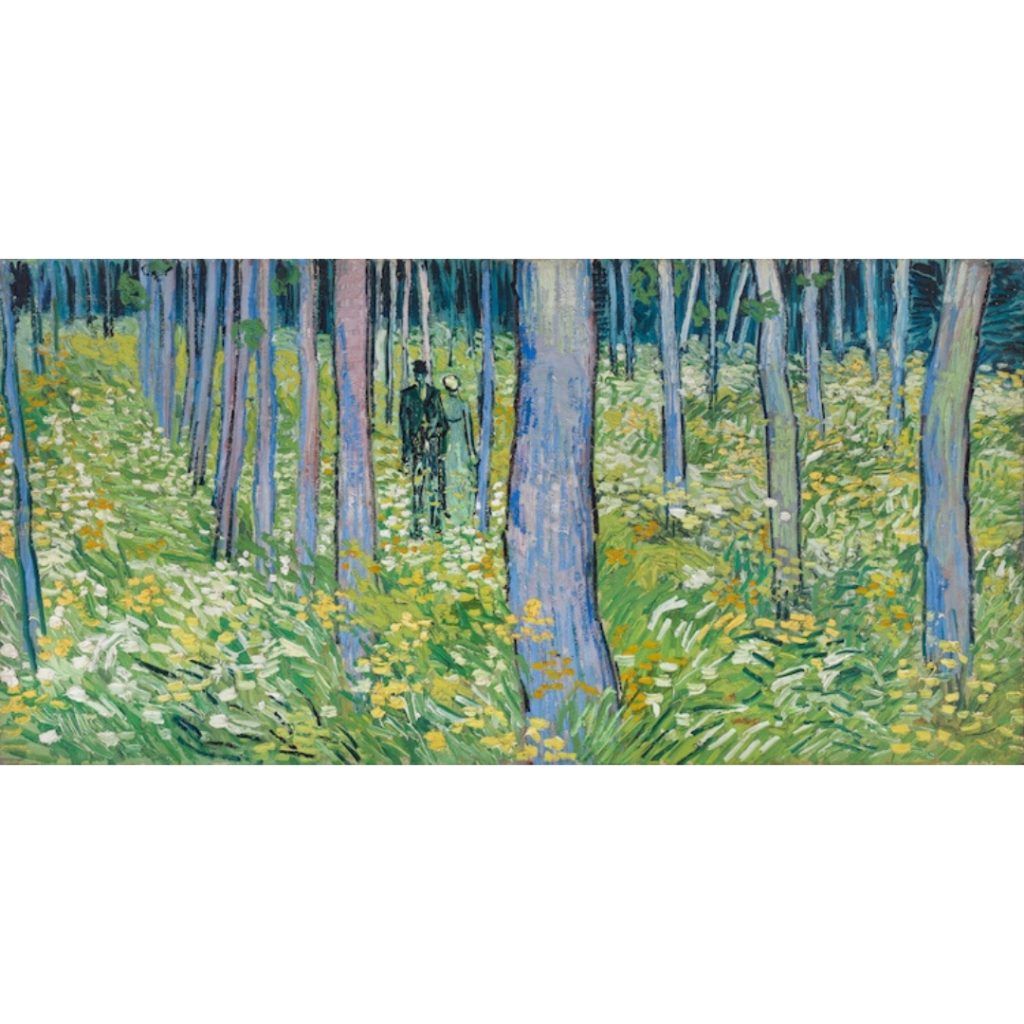
Modernism – WWI (1914-1918)
The Great War reshaped culture, particularly in Europe and the United States. Even after 106 years, the War continues to live on in films, visual arts, music, and television shows. Modernism had been reborn, as society and culture sought a new alignment with the experience and values of modern industrial life. The trauma that was endured by this War had accelerated this movement from the fiction of Hemingway and John Dos Passos to the paintings of George Grosz. World War I “reshaped the notion of what art is, just as it forever altered the perception of what war is” (“Art Forever Changed by World War I“). Victorian language considered flowery was blown apart and replaced by sinew and R-rated styles. Surrealists and Expressionists devised “wobbly, chopped-up perspectives and nightmarish visions of fractured human bodies and splintered societies slouching toward moral chaos” (“Art Forever Changed by World War I“). From the skepticism towards superiors and anger with war planners and profiteers, a demand for art forms that were honest and direct stirred rather than rhetorical and euphemistic pieces. The carnage and destruction of The Great War changed things utterly. By 1916, the Dada movement was launched, filled with a cynicism urge to subvert the value system. Artists had rejected the logic, reason, and aestheticism of modern capitalist society. In return, they expressed their frustration and protests within their works. No imagery could compete with photographs of the war dead (“Modern Art”).
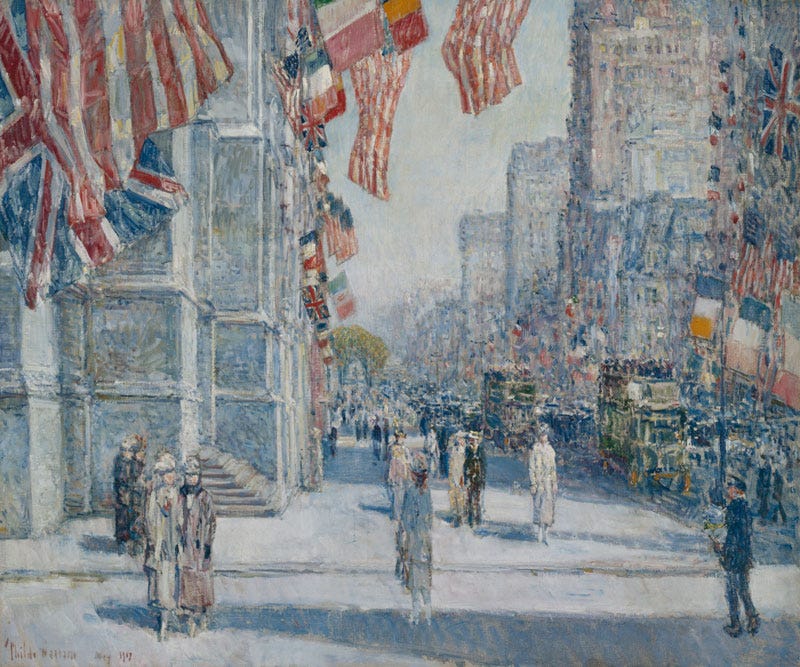
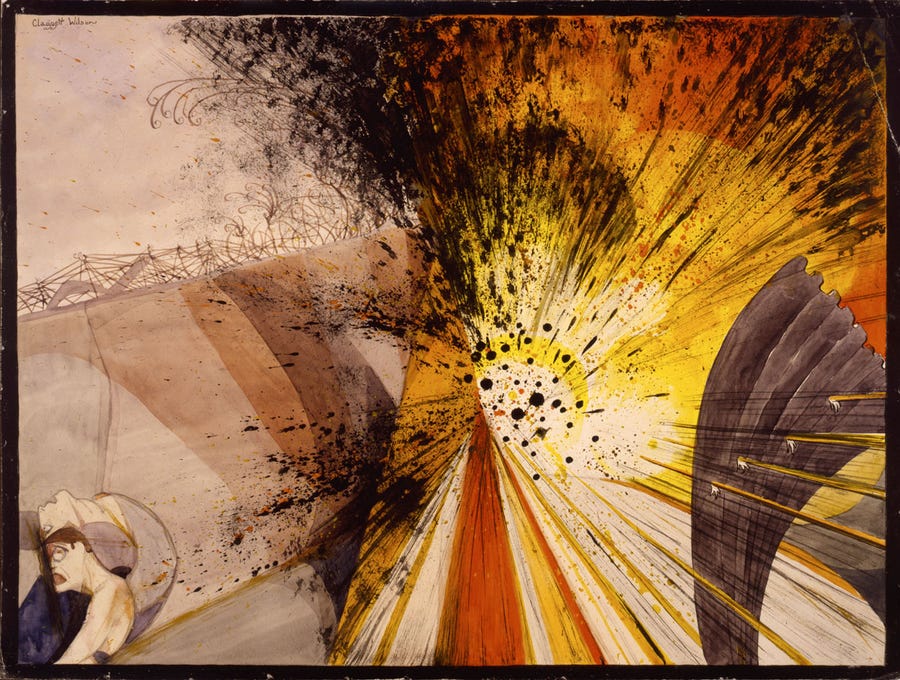
Abstract Expressionism – World War II (1939-1945) And Beyond
Art transformed by the catastrophe of World War II. From Paris to New York, the unspeakable phenomenon of Auscwitz “undermined the value of all realist art, except for Holocaust art of those affected. As a result of all this, the next major international movement – Abstract Expressionism – was created by American artists of the New York School” (“Modern Art”). Abstract Expressionism first evolved in the 1920s with influence from Cubism, Dada, and Surrealism. It emphasizes the personal feelings to universal, spiritual concerns. Optical Art emerged during the mid 1950s until the early 1970s, where it was solely devoted to optical illusions, giving the illusion of movement and depth. In reaction against Abstract Expressionism, Pop Art had emerged in the late 1950s throughout the 60s to present playful and ironic symbols within artwork. It reflected the popular music and television at the time, whose images of celebrities and iconography of popular culture celebrated the success of America’s mass consumerism (“Movements in Twentieth-Century Art After World War II”). The rise of Minimalism, a form of painting and sculpture that removed all expressive and illusionistic tones, was the first art movement pioneered exclusively by American-born artists on an international level until the mid-70s.
Conceptual Art emphasized the importance of the idea behind the work, rather than the object itself. From the 1960s-70s, artists were reacting against commercialized art world of 1960s, formalism of post-war art, and limitations of traditional art. In the late 1970s until mid- 1980s, Neo-Expressionism was a reaction against “Conceptual Art, rigidly abstract art, and lack of imagery from either natural or art historical sources” (“Movements in Twentieth-Century Art After World War II”). This trend focused on recognizable people and objects, yet featured through the artists’ personal and expressionistic voice. Today, Post-Modernism is still constantly seen ever since the 1970s. A combination in art and architecture that rejects modernism, as well as an art that came after. Technological age had influenced this movement. As a result, traditional geographic boundaries have been destroyed. Artists advocate a return to traditional subject matter like landscape and history painting while some reject this notion and prefer that each movement be completely original (“Movements in Twentieth-Century Art After World War II”).
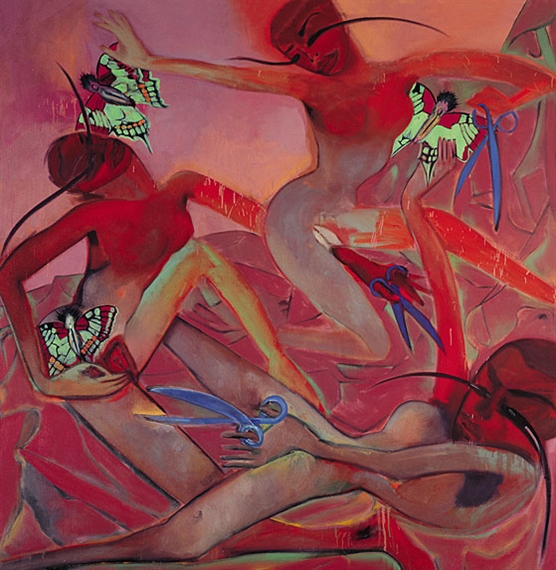
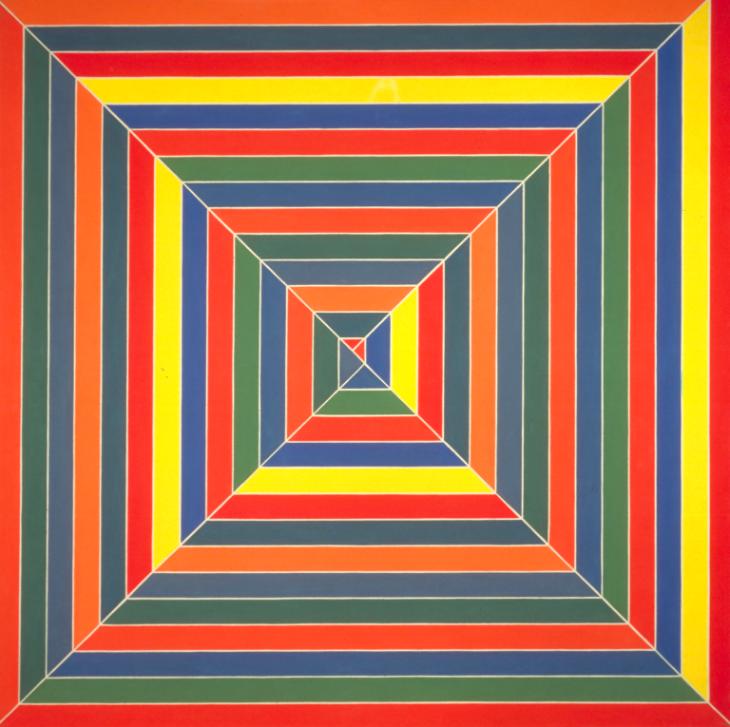
Artistic ideals, styles and techniques have been significant in forming our understanding on how art movements influenced history. They are a reflection of its time and past movements. By tracing through a timeline, we come to understand how we perceive modern art and develop it in a contemporary world. Art is an expression towards what you see, hear, touch and feel – designers and artists have regularly incorporated styles into their work that embody characteristics of these revolutionizing movements.
Find out how brands use the movements to their advantage and incorporate these trends into modern day styles by clicking below.





